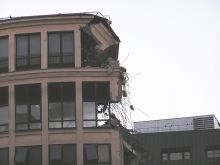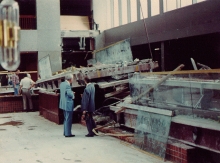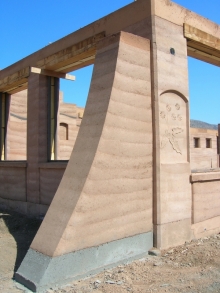Silly Engineers Create Massive Recreational Area in Southern CA
I’d like to kick off my self-labeled “Water Week” with a historical tale about the potential hazards of allowing civil engineers to move rivers around. In grade school, I remember hearing about a big sea in Southern California, the Salton Sea. Its name sounded distinguished and venerable. I always thought it held the non-evaporated water and denizens of some ancient body of ocean water. However, up until 1905, it was a dry depression, an ancient sea bed in the stark desert of southern California between Palm Springs and Yuma, AZ.










